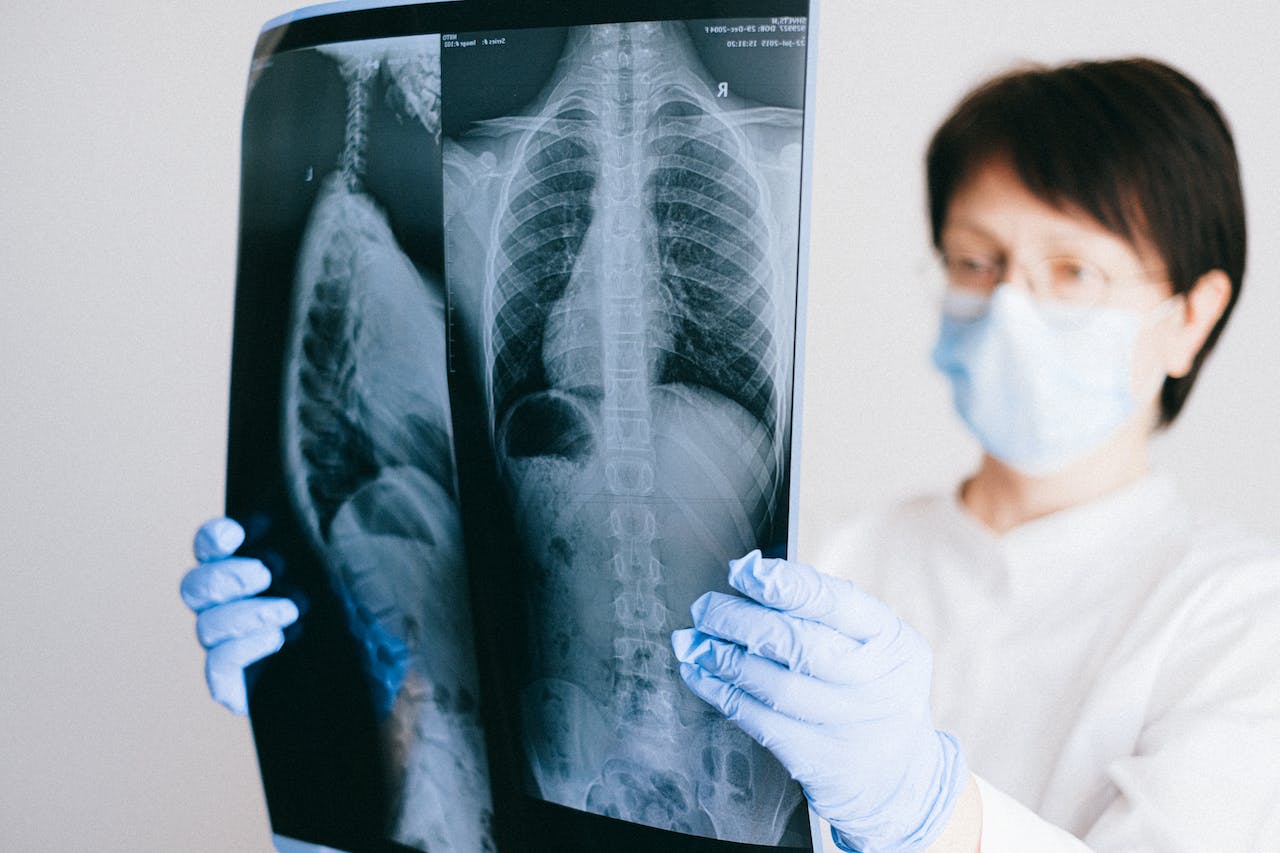Vestibular migraine, a subtype of migraines not widely recognised until recent years, is becoming more acknowledged within the medical field. Characterised by dizziness and problems with balance, it is the most common cause of episodic vertigo. This article provides a detailed understanding of vestibular migraine, its symptoms, diagnostic criteria, differential diagnoses, and potential treatment options.

When is a Migraine Vestibular?
Vestibular migraine, also referred to as migrainous vertigo, is a condition that presents as a combination of migraine symptoms and vestibular (balance) dysfunction. Although typical migraines are typically associated with headaches, up to half of those affected by vestibular migraine do not experience headaches. Moreover, the occurrence of vestibular symptoms often occurs independently of the headache, adding to the complexity of this condition.
Vestibular migraine is more prevalent than might be anticipated. According to a study published in the British Medical Journal (BMJ), it is the most common cause of episodic vertigo. It is estimated that it affects around 1% of the general population and accounts for 7% of patients seen in dizziness clinics. Further, approximately 10% of patients in migraine clinics are diagnosed with vestibular migraine. Interestingly, it is more common in women than men, similar to the general prevalence of migraines, suggesting a potential hormonal component in its etiology. This high prevalence underscores the importance of recognising and understanding this variant of migraine to provide appropriate care.

Migraine: Vestibular Symptoms
The symptoms of vestibular migraine can be incredibly diverse, varying between individuals and even between episodes in the same person. The defining characteristic is vertigo – a sense of spinning, swaying, or feeling unbalanced.
There may also be a wide array of accompanying symptoms, often varying between individuals and episodes. According to a study published in the journal Cephalalgia, these can include:
- Dizziness: A feeling of lightheadedness or imbalance.
- Unsteadiness: Difficulty in maintaining balance, often resulting in stumbling or a need to hold onto something.
- Problems with coordination: Difficulty in performing tasks that require precision, such as picking up small objects.
- Nystagmus: Involuntary, rhythmic eye movement.
- Difficulty with vision: Visual disturbances such as blurry vision, visual aura (flashes of light, blind spots, zigzag patterns), and sensitivity to light.
- Problems with hearing: These may include hearing loss, tinnitus (ringing in the ear), or sensitivity to sound.
- Nausea and vomiting: Often accompanying vertigo or severe dizziness.
- Headache: Migrainous headache may or may not be present, often characterised by moderate or severe pain, usually on one side, pulsating in nature, and worsened by routine physical activity.
- Photophobia and Phonophobia: Sensitivity to light and sound, respectively.
- Visual aura: Transient visual phenomena, typically lasting less than an hour, often occurring before the headache phase of the migraine.
It’s worth noting that not all these symptoms need to be present for a diagnosis of vestibular migraine. The presentation can be highly individual and variable.
Vestibular Migraine Diagnostic Criteria
The International Classification of Headache Disorders (ICHD-3) has established diagnostic criteria for vestibular migraine. The key elements include: a minimum of five episodes with vestibular symptoms of moderate or severe intensity, lasting between 5 minutes and 72 hours. At least half of the episodes must be associated with one of the following three migrainous features: headache with at least two of the following characteristics – one-sided location, pulsating quality, moderate or severe pain intensity, aggravation by routine physical activity; photophobia and phonophobia; visual aura.
The patient’s history and symptomatology play a significant role in diagnosis, as there are no specific lab tests or imaging studies that can confirm vestibular migraine.

Differential Diagnoses
Differentiating vestibular migraine from other causes of dizziness and vertigo can be a complex process due to overlapping symptoms. These include conditions such as:
- Meniere’s disease – characterised by recurring episodes of vertigo, sensorineural hearing loss, tinnitus, and a sensation of fullness in the affected ear.
- Benign paroxysmal positional vertigo (BPPV) – characterised by brief episodes of intense spinning dizziness triggered by specific head movements.
- Vestibular neuritis – an inflammatory condition affecting the inner ear, leading to sudden onset of vertigo, dizziness, and imbalance. Often associated with a recent viral infection.
- Labyrinthitis – another inflammatory condition often associated with a recent viral condition. This involves both the vestibular and cochlear portions of the inner ear, characterised by onset of vertigo, hearing loss, and possibly tinnitus.
- Posterior circulation stroke – may be associated with other neurological findings such as visual loss, diplopia and lack of co-ordination. This is less likely to be recurrent and in patients with persistent new symptoms of vertigo posterior strokes should be considered as a potential diagnosis.

Vestibular Migraine Treatment Options
The treatment of vestibular migraine focuses on managing the condition with lifestyle changes, acute treatments for symptoms, and preventative medications, based on the severity and frequency of the attacks.
Lifestyle modifications play a crucial role in managing vestibular migraine. These changes can include:
- Regular sleep patterns
- Adequate hydration
- Regular exercise
- Stress management techniques
- Dietary changes, such as reducing caffeine and alcohol intake and avoiding MSG
- Maintaining consistent meal times
Acute treatments aim at reducing the severity of the symptoms once an attack has started. These may include over-the-counter options like meclizine for vertigo, or prescription medications such as triptans for associated migraines.
For frequent or severe vestibular migraines, preventative medications may be beneficial. These are typically daily medications intended to reduce the number and severity of attacks. They may include beta blockers like propranolol, calcium channel blockers such as verapamil, tricyclic antidepressants like amitriptyline, or anticonvulsants such as topiramate. A new class of medication, calcitonin gene-related peptide (CGRP) inhibitors, shows promise in migraine prevention as well.
One of the treatments listed above for vestibular migraine, amitriptyline, has shown promising results in managing vestibular migraine by modulating neurotransmitter levels in the brain, particularly serotonin and norepinephrine. Amitriptyline has been found to significantly reduce the frequency and severity of vertigo episodes, as well as improve associated symptoms like headache, phonophobia, and photophobia. It is considered a safe treatment option, with minimal reported side effects. Overall, amitriptyline may be considered for individuals suffering from all types of migraine, vestibular migraine included.
Another valuable element in the treatment plan can be vestibular rehabilitation therapy (VRT), a form of physical therapy aimed at reducing dizziness and improving balance.
Conclusion
Patients frequently have difficulty with both the diagnosis and treatment of migraine. Vestibular migraine, while complex and multifaceted, is becoming increasingly recognised and understood. Timely diagnosis and targeted treatment strategies can significantly improve the quality of life for individuals suffering from this condition. However, the subjectivity and variability of symptoms highlight the need for a tailored approach to managing each patient’s unique experience. Future research promises further advancements in understanding and treating this intriguing and challenging form of migraine.
Sources
Salmito M. Prophylactic treatment of vestibular migraine. Braz J Otorhinolaryngol. 2017;83(4):404-410.
Huang T. Vestibular migraine: An update on current understanding and future directions. Cephalalgia. 2020;40(1):107-121.
Li V. Vestibular migraine. BMJ. 2019;366.


